
The research starts with a common experience in daily life that you forget what you are doing and retrace your steps back to the original spot to find memory. Along with my emotional memory shared in blog 1, I come up with a series of intriguing questions.
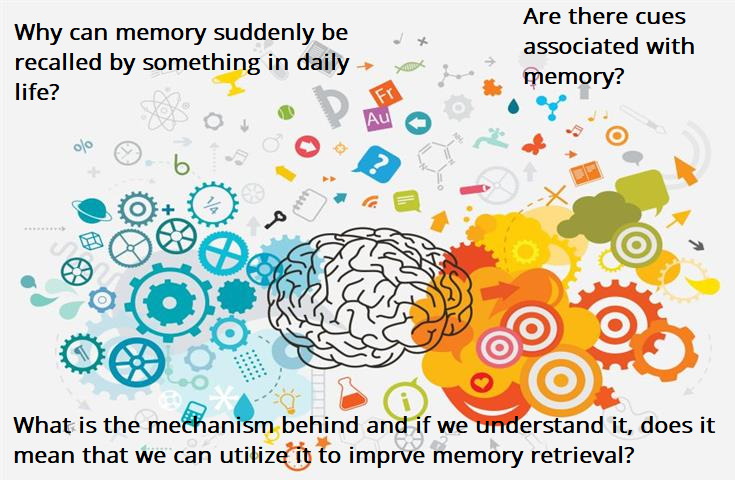
Through the explanation in Alley dog (n.d.) and reading “Memory in the Real world”
(Cohen & Conway, 2007), I realize the existence of cues and put forward the research question to dig more into the memory retrieval.

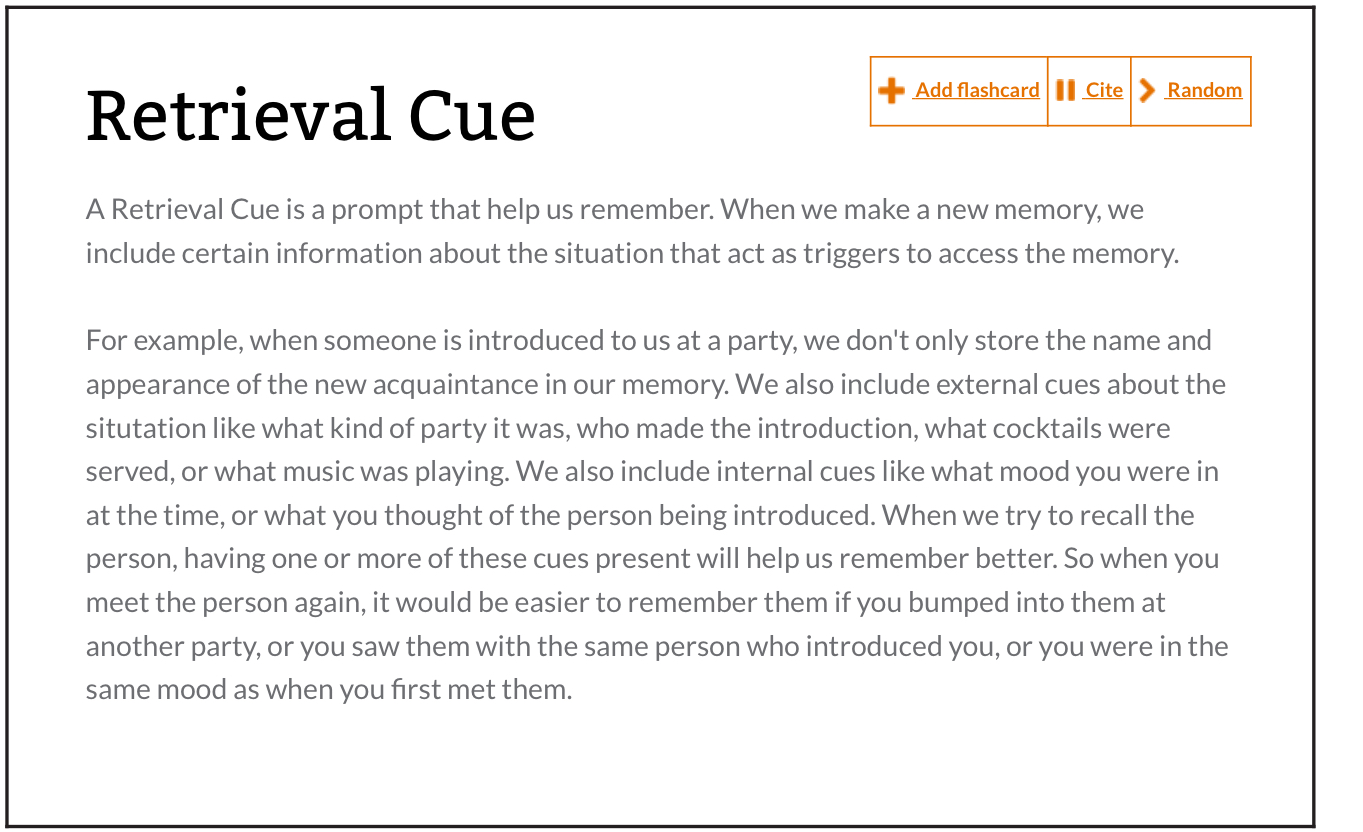
Two rounds of experiments are conducted to study the types of retrieval cue and the extensive application in human remembering. In blog 2, I recorded a 4-day life of 5 HKU students to see what memory retrievals happened. Linking with lecture, I learned that the memory is composed of three components, encoding, storing and retrieval (The Human Memory, 2018). Encoding is the process of extracting features and generalization, where cues gradually form connected with specific events. Retrieval is to recall the generalizations later by activating the cues. So I looked into descriptions to find how cues foster in encoding and come into effect in retrieval, and learned about three types of cues.
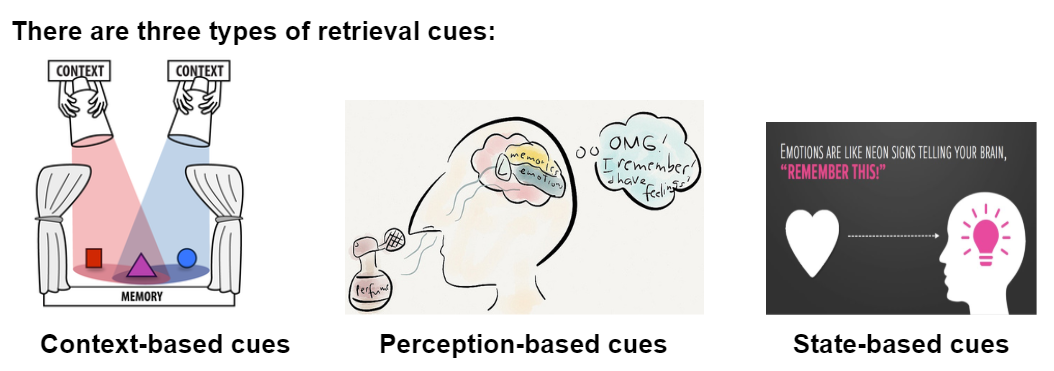
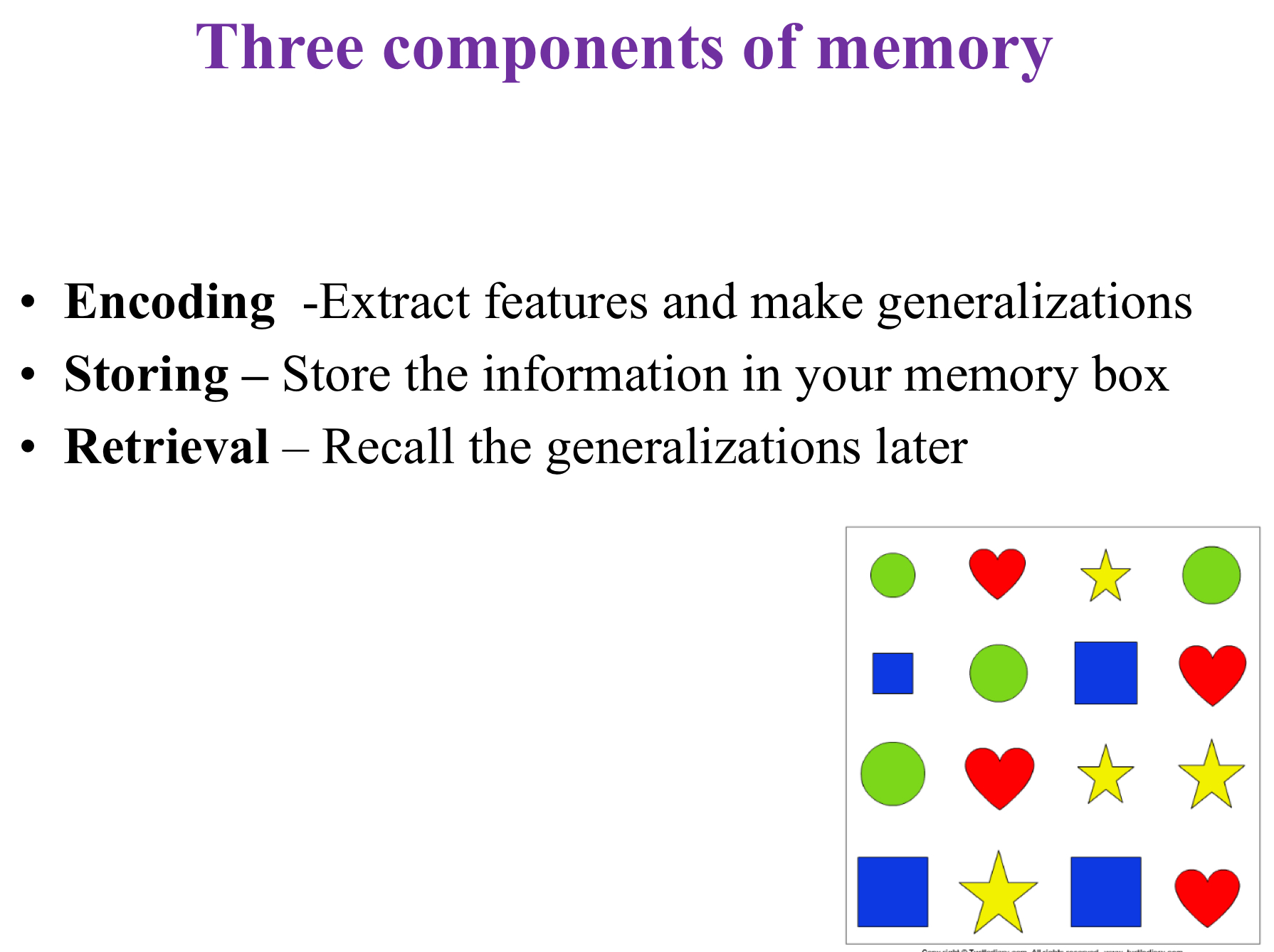
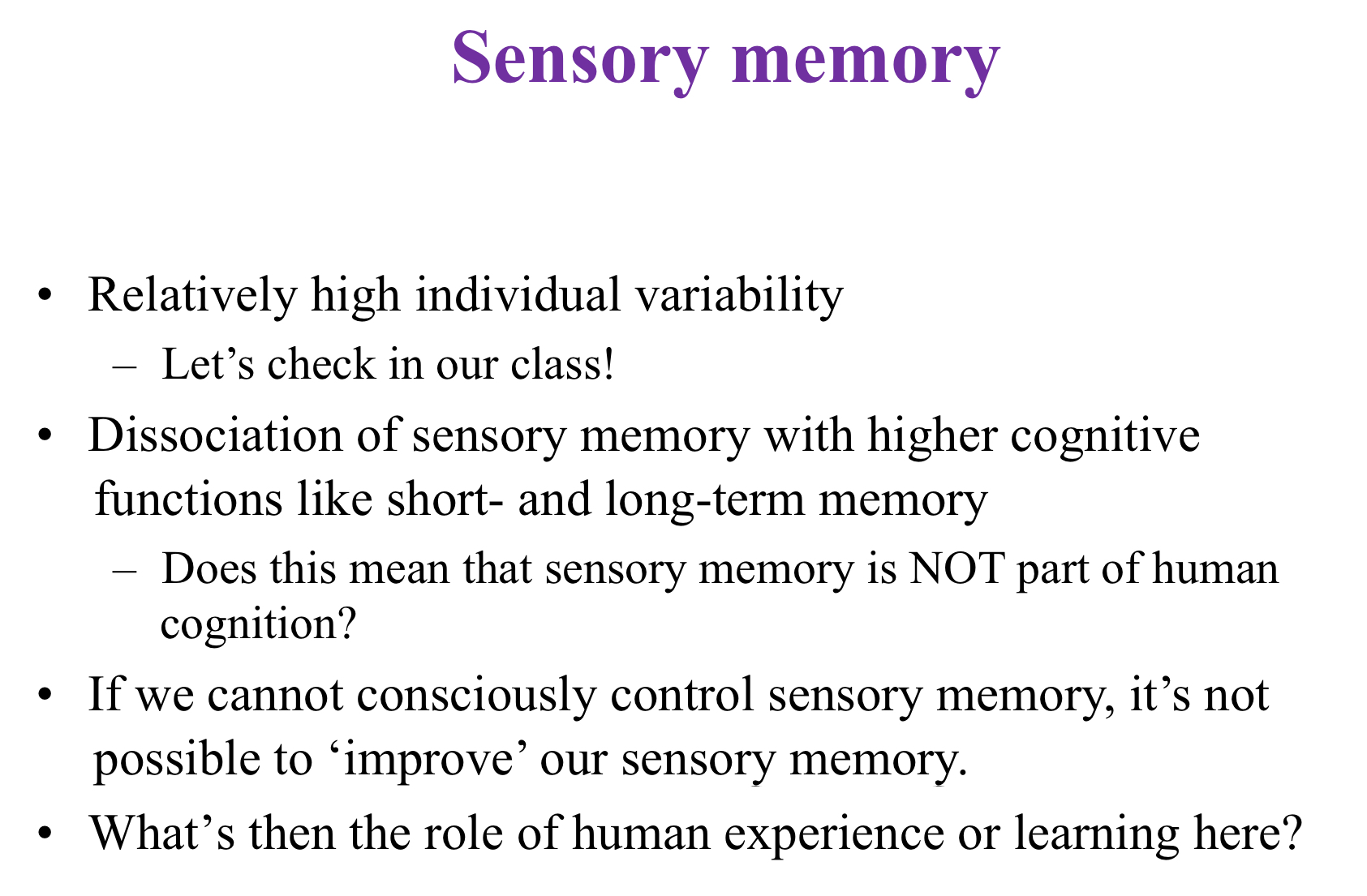
In blog 3, I designed three experiments to examine how to apply three types of cues to retrieval improvement. However, from the lecture, sensory memory is not involved in higher cognitive functions like short-term or long-term memory, meaning that it cannot be consciously controlled. Therefore, it is impossible to improve memory through perceptual cues. Besides, exploring how to utilize the mechanism of different cues to improve retrieval, is somehow trying to consolidate working memory into long-term memory. Then, learning from cases in class, I tried to get inspired from the first-hand resource such as the interview notes, where one of the participant pointed out the possible effect of the cue amount on memory. Based on this, I redesigned the hypotheses and approaches, especially when statistics were ambiguous. In the end, results make sense to prove the following hypotheses.
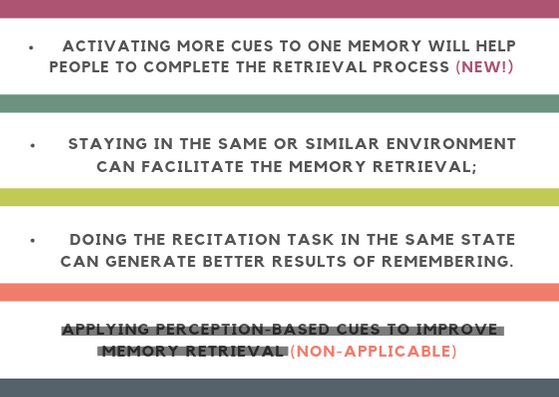
Admittedly, conclusions may not have universality due to limitations such as small sample size and the deficiency of design. While, I still think these experiments are useful references and can answer the research question well.
Insights
Additionally, I gain another insights into the fieldwork. Firstly, cues should be set up by oneself, or people cannot use them to recall memory fluently, as all experiments are tested based on participants’ own creation of cues on memory, which needs more research. Also, random things can be turned into useful cues as long as people make an association with memory.
While, forgetting is inevitable despite cues, according to “The Ebbinghaus Forgetting Curve” and the aging trend. Comparing a pair of results in the two-round test of emotional cues, the participant in even the same state cannot remember all the items exactly as the first time. Therefore, people have to activate the cues often to strengthen the association with memory.
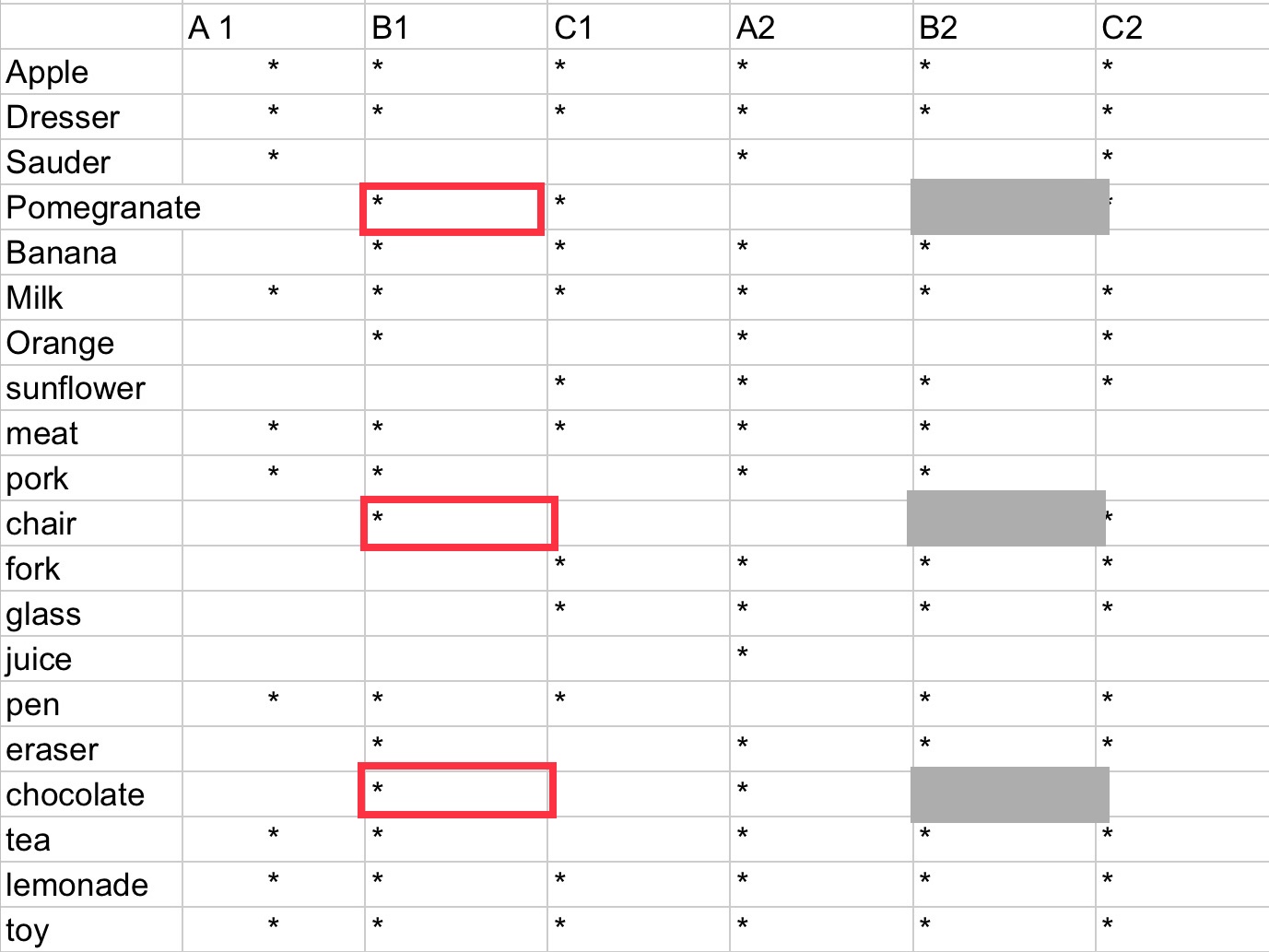
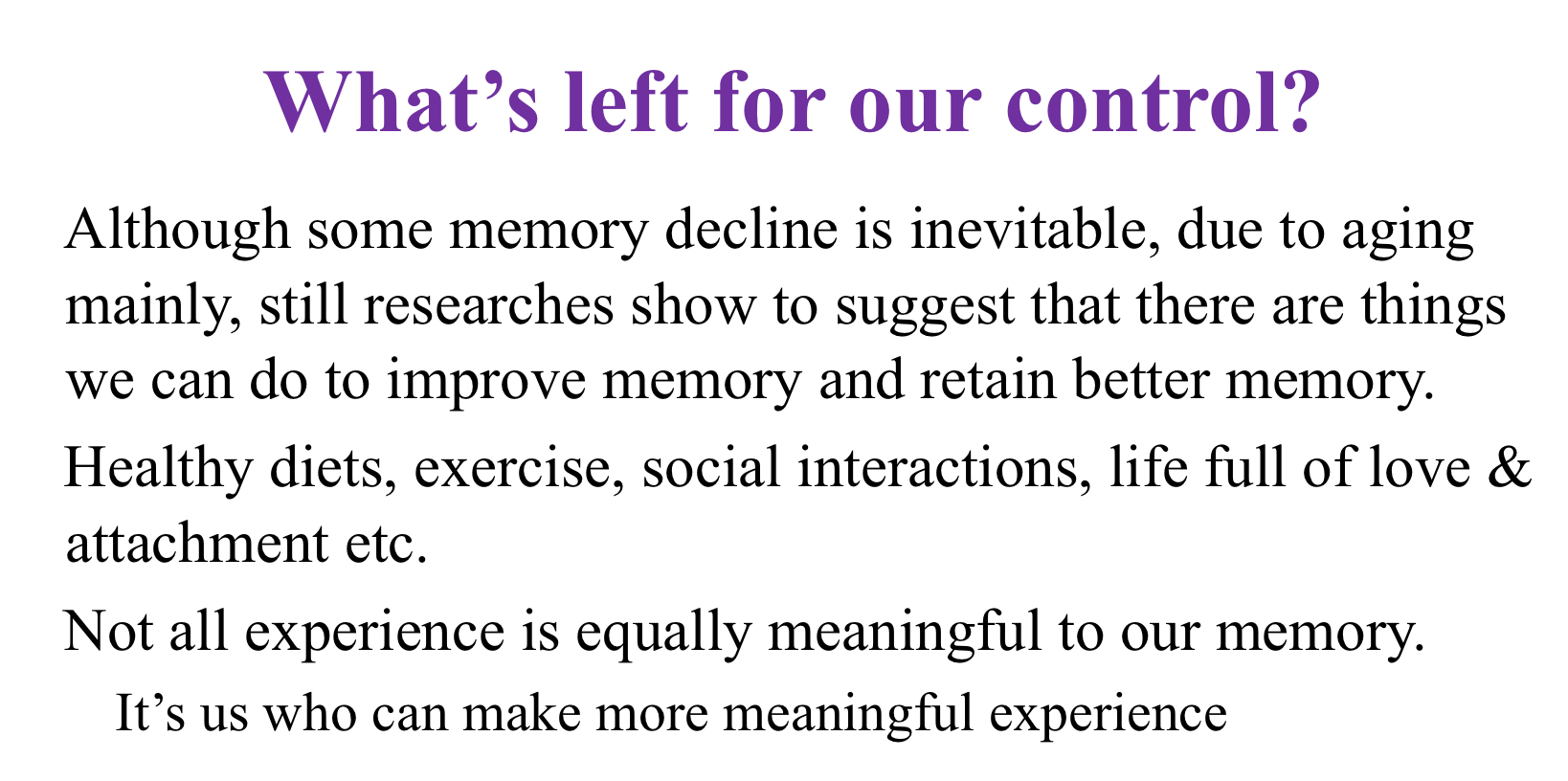
In the end, I sincerely hope my study on types and the application of retrieval cues can help you understand and improve retrieval, and look forward to more solid research on retaining memory.
Word Count: 515
Reference:
Alley Dog. (n.d.). In Alleydog.com’s online glossary. Retrieved from: https://www.alleydog.com/glossary/definition-cit.php?term=Retrieval+Cue
Cohen, G., & Conway, M. A. (2007). Memory in the Real World. London, England: Psychology Press.
The Human Memory. (2018). Memory Processes. Retrieved from http://www.human-memory.net/processes_recall.html